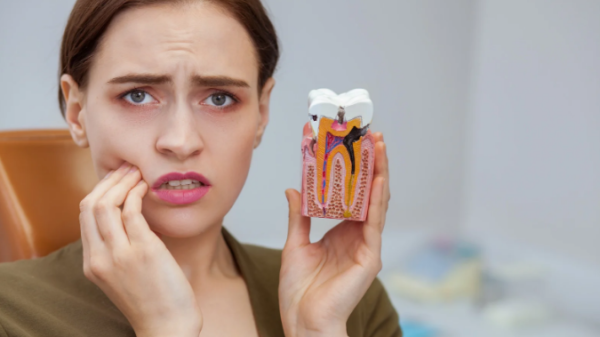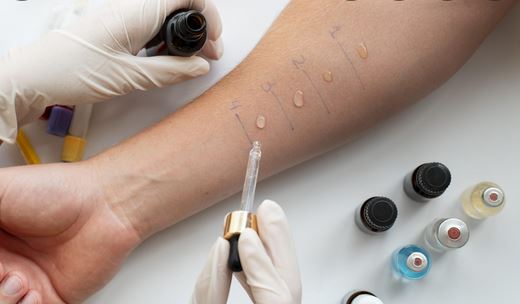No matter what part of the US you live in, seasonal allergies are something that, unfortunately, you cannot get away from. Since places like Arizona have the perfect environment with the warm, desert wind, Phoenix allergies are most frequently triggered by dust, pollution, or pollen.
To avoid an allergic reaction, it is important to find out what you are allergic to and skin testing is one of the most common ways for doctors to check what causes your symptoms.
But how does an allergy skin test work? Below you can find all the information related to it.
- What is an allergy skin test?
Skin tests are used to identify potential allergens(airborne, contact or food-related) using extracts of the most common allergens like dust mites, mould or pollen. In case of an allergy, the skin gets irritated or itchy when in contact with any of these substances.
- Types of skin tests
There are three main types of skin tests that allergy doctors use to get allergens to react with your skin.
- Scratch test: this is also known as a prick test or a puncture. Your doctor or nurse will mark areas on your skin with a pen, after previously cleaning it with alcohol. Then, they’ll scratch the outer layer of the skin and place an extract of a potential allergen on it to see if there are any reactions.
- Patch test: this takes longer and might require more than one appointment with an allergist specialist. A patch would need to be worn for approximately 48 hours on your arm or back, in case there is a delayed reaction to the allergen.
- Intradermal test: This type of testing requires injecting a small amount of allergen under your skin and it is usually done if the scratch test is inconclusive.
No matter what type of skin testing you have, you’ll be closely monitored by your doctor or nurse to see how your skin reacts to the substance and if there is localized swelling, elevation, itchiness or redness of the skin.
- Getting ready for a skin test
Since some of the medicines can affect your results, make sure you tell your doctor if you are under any type of medication. If you are taking antihistamines, for instance, your doctor might recommend stopping taking them a few days before your skin test, to let your body react to the allergens in the test.
Conclusion
No matter what your symptoms are, in the case of an allergy, it is important to find out exactly what the trigger is. The easiest and quickest way to find it out is to have an allergy skin test done by an expert physician. After pinpointing the cause of your symptoms, it is easier to get adequate treatment to keep your allergies under control.








































































